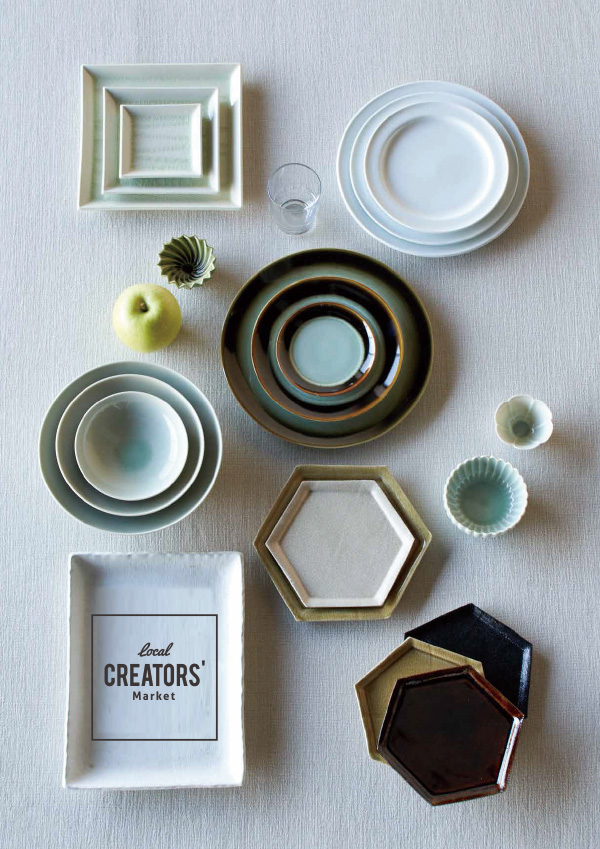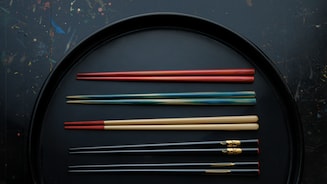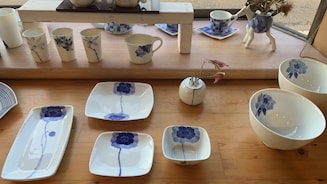Brand Highlights
- • Setomono, or Seto ware, is synonymous with ceramics in Japan. The infl uence of this “Land of Pottery” surpasses that of all other pottery-producing areas in the country
- • Clay, tools, diverse technical know-how, and educational facilities: everything to do with the ceramics trade is found in Seto
- • Eight Seto potteries are open to the public for tours to see the quality fi rsthand
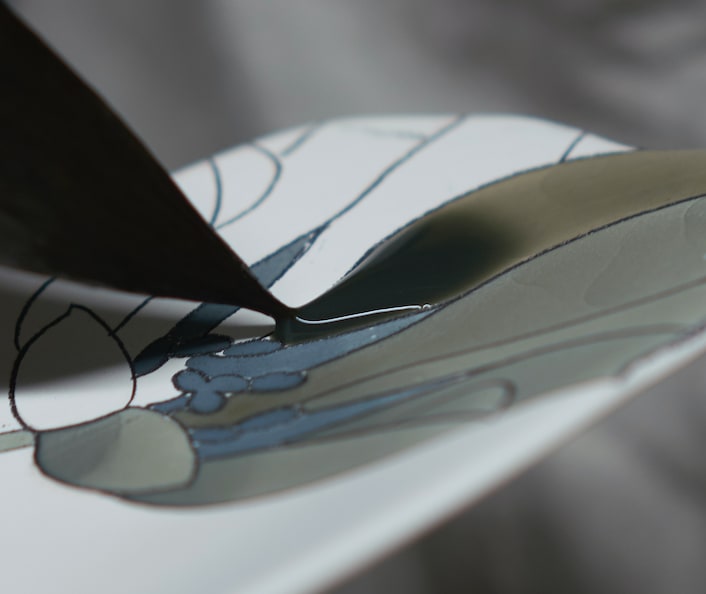
Seto, in the north central part of Aichi prefecture, is the place for pottery. Indeed, the generic term in Japanese for ceramics is setomono—wares from Seto. It’s a household name found literally in the cupboards and on the tabletops of just about every home in the country. Archaeological evidence suggests that high-temperature kilns capable of firing ash-glazed works were here as far back as the late 10th century. By the 12th century, Seto and Mino in Gifu prefecture were the only places in Japan able to produce glazed ceramics. Today some 300 business concerns make up the prefectural ceramics association. There is no knowing the number of potters who have worked in Seto, or how many tons of wares they have made. Seto has everything related to pottery: high-quality clay, shops for equipment and glazes, museums, and vocational schools.
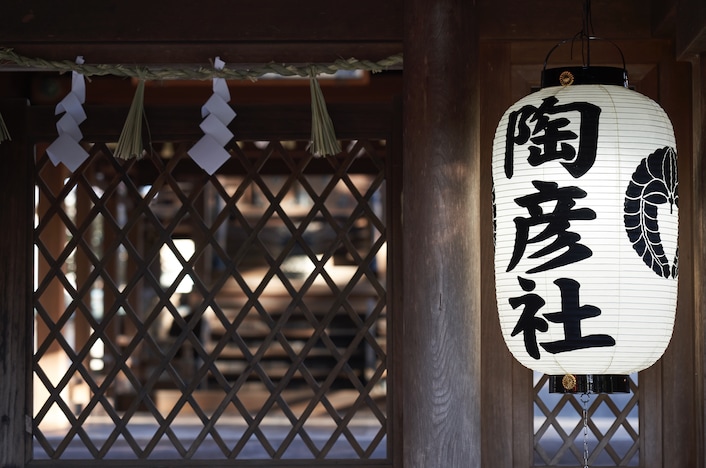
Local legends address the development of kilns in Seto for high-fi red glazed ceramics. One tells of Shirozaemon Kato, who went to China in the early 13th century and brought back the techniques he learned. Inspired by a dream, the story goes, he found high-quality clay in Seto and established his kiln there. The fi rst person to begin making porcelain in Seto was Tamikichi Kato, the son of a local potter. After learning porcelain methods in Kyushu, Kato was central to advancing manufacture of the Seto sometsuke blue-and-white style. The two men are enshrined at Fukagawa and Kamagami Shrines, respectively.
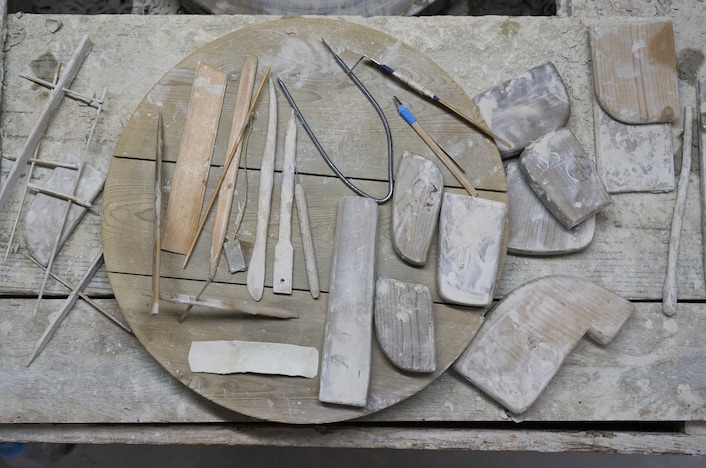
Kilns that could fire clay to a high temperature and produce ash-glazed pottery were first established in Seto in the 10th century. By the 12th century, Seto and Mino in Gifu prefecture were the only places in Japan capable of making glazed pottery. There have been ups and downs, but even in the early postwar years of the late 1940s, Seto was home to more than 500 workplaces related to the ceramic industry. Seto’s potters have established a vibrant base for the mass production of a diverse range of pottery, as well as a solid distribution network both domestically and abroad.

These 10 elite potters at the forefront of today’s Seto ware are shown in a quarry located in the city’s center. One of Seto’s strongest assets as a pottery-producing area is the superb quality of the clay found at this site—it puts Seto in a class of its own. The vast amounts of clay extracted from this quarry over the past thousand years or so have been shaped and fi red into Seto ware that has been dispatched across Japan and throughout the world. Known as “the heart of Seto,” the location is carefully guarded; even those directly involved in the local industry have limited access to it.
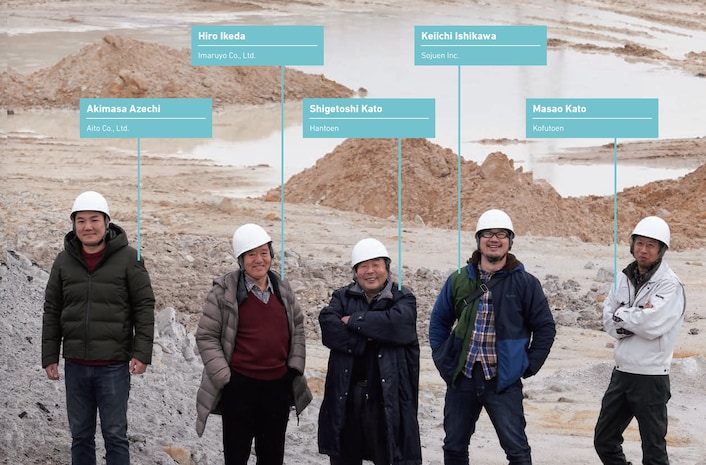
Indeed, to potters in Seto this is a sacred site. It represents the spirit and talents of countless artisans whose porcelain wares have brought functional beauty to the lives of everyday people. One day, when all its clay deposits have been mined, the quarry will be fi lled with soil from another place. Eventually the land will be transformed into a forest or community park or residential area. It’s not so commonly known, but other clay pits from times past now serve their communities as open fi elds, wooded lands, and recreational sites, showing no hint of their former role.
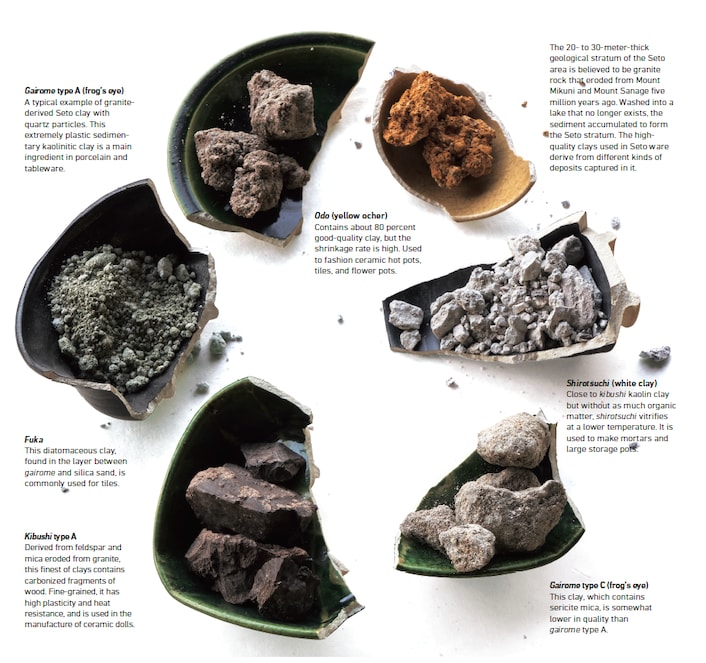
Please refer to the Story Book for more article.


